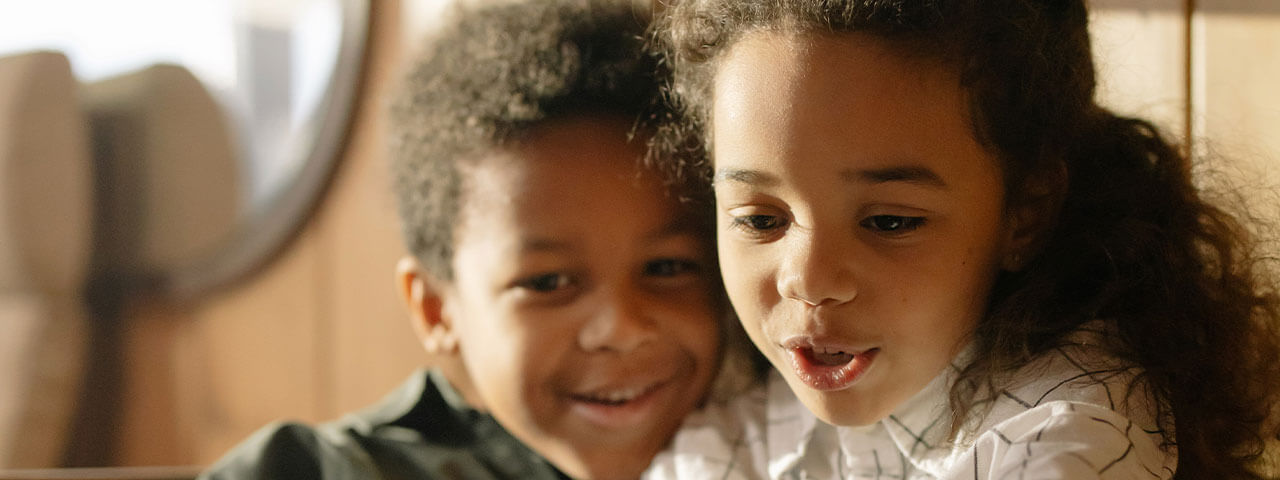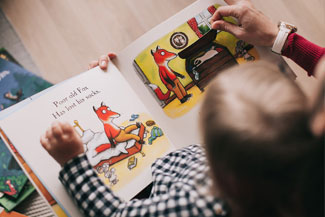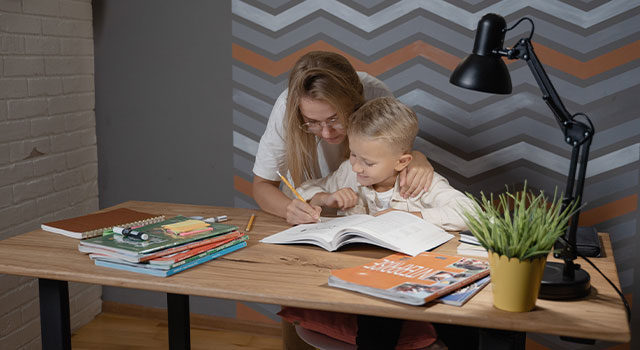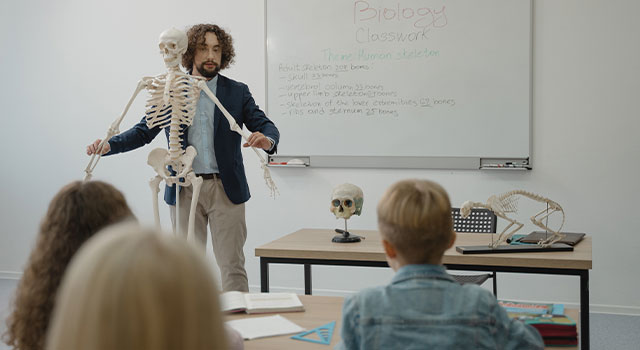
Anomalous Retinal Correspondence
To understand what anomalous retinal correspondence is, you first need to understand normal retinal correspondence.
Normal retinal correspondence (NRC) means the eyes are correctly positioned, with both eyes looking in the same direction, with no eye turn. In NRC, the central part of the retina of each eye, known as the fovea, is correctly positioned and sees the images the person is looking at.
In abnormal retinal correspondence (ARC) — also known as anomalous retinal correspondence — there is an eye turn, known as strabismus. In this situation, the fovea of the turned eye is not looking at the object. This would usually cause double vision, which is very disabling. To stop the double vision (diplopia), the brain ‘turns off the original fovea’ and creates a new point in your retina, called an extra-fovea or a faux-fovea, to compensate for the misalignment.
While this prevents double vision, it causes other vision problems.
Signs and Symptoms of ARC
The signs and symptoms associated with ARC may include, but are not limited to:
- Eye turn
- Absence of diplopia (seeing two images of the same thing)
- Avoidance of eye contact
- Avoidance of visually demanding tasks
- Better than expected performance on tasks requiring binocular vision
- Post-surgical increase in the angle of deviation
Treatment for Anomalous Retinal Correspondence
ARC requires a vision therapy program. While vision therapy may not totally cure ARC, it may substantially improve visual function and quality of life.
A vision therapy program trains the eyes and brain to work together more efficiently and quickly. It corrects certain eye alignment and other binocular vision problems.
Vision therapy includes specific eye exercises paired with special lenses, prisms or eye patches to help improve poor visual skills and binocular vision problems. The program is designed and supervised by your eye doctor.
To learn more or find out how you can strengthen your or your child’s visual skills, schedule an eye evaluation with Vision Development of WNY today.
Our practice serves patients from Elma, Buffalo, SouthTowns, and Western New York, New York and surrounding communities.









